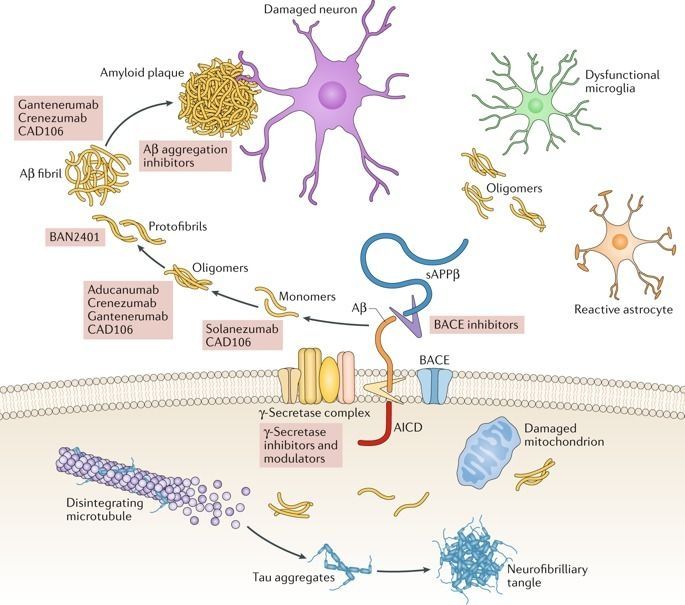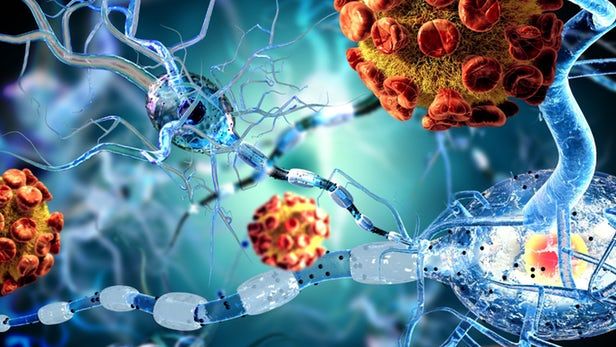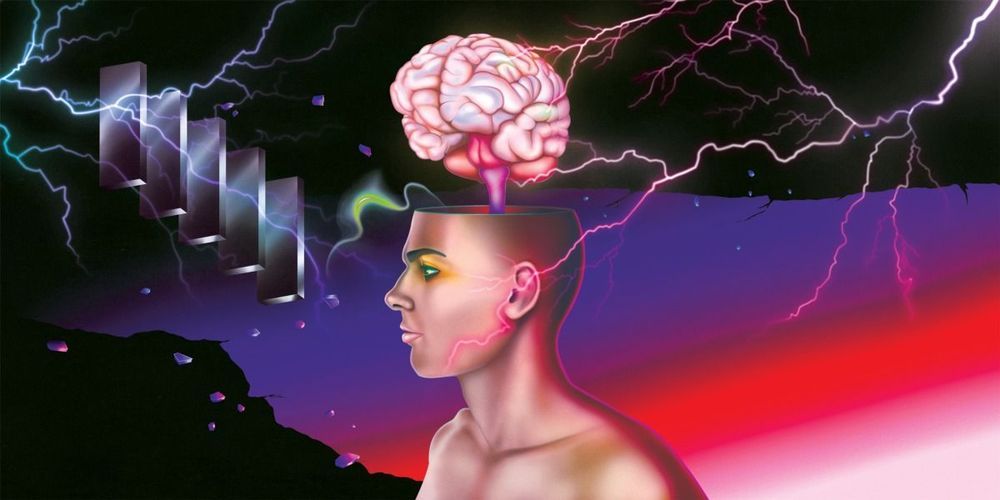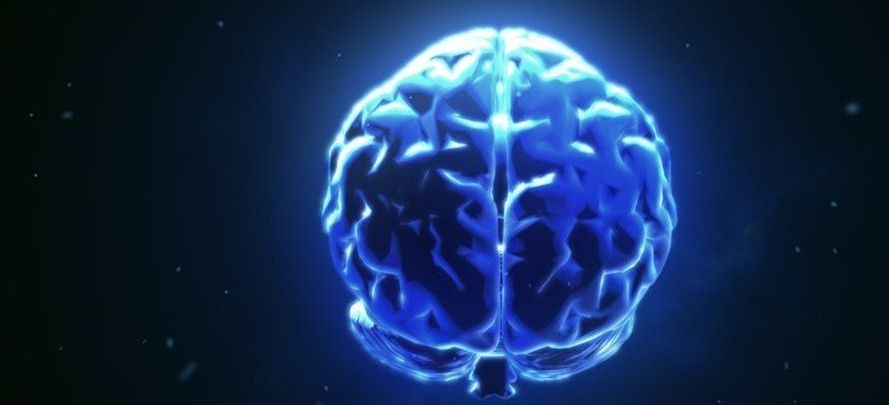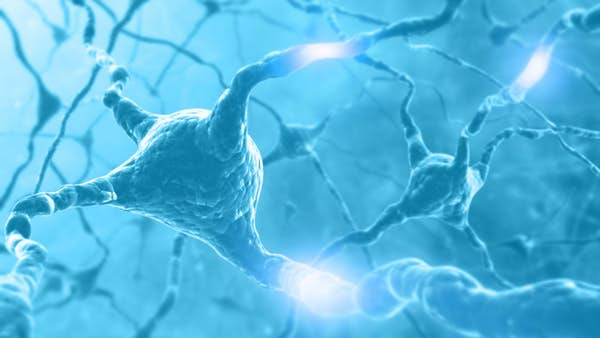A stroke or a “brain attack” can have life-threatening consequences just like a heart attack. However, there are some early signs of a stroke that start showing up as early as a month before it actually happens. Here are seven such symptoms—knowing them might save someone’s life.
Strokes happen when a blood vessel transporting oxygen to the brain bursts or gets obstructed by a clot. As a result, the brain doesn’t receive much oxygen and the brain cells start to die off. The functions controlled by the affected part of the brain will not be performed normally, and this will have a huge impact on health.
A stroke can manifest differently in every individual, but one thing in common is that it initiates suddenly. Read below the most common symptoms that manifest one month before a stroke, and if you are experiencing any of these, think about consulting your doctor.




